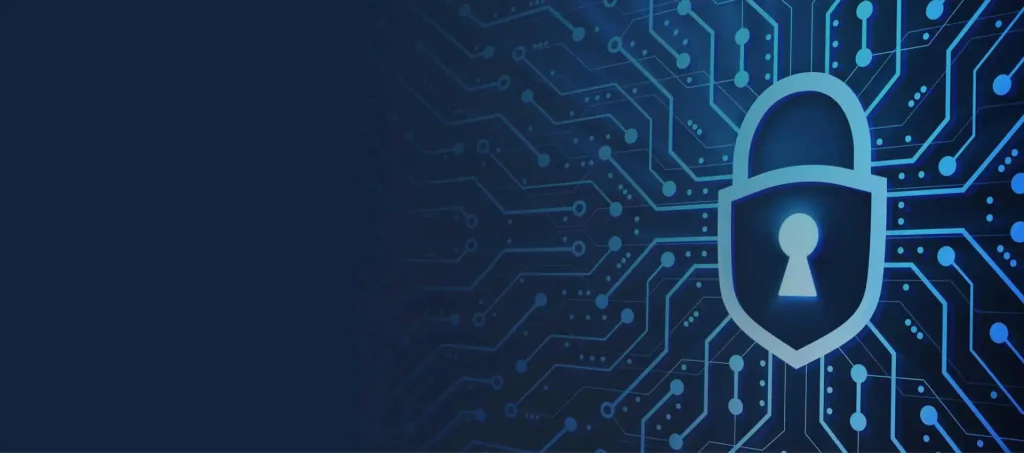In today’s interconnected world, one of the most pressing challenges facing organizations is the rise of insider threats. These threats originate from individuals within the organization who exploit their authorized access to cause harm, whether intentionally or inadvertently. Unlike external threats, such as hackers and malware, insider threats can be more difficult to detect and mitigate because these individuals already have legitimate access to sensitive systems, data, and facilities. Insider threats can manifest in various forms. Malicious insiders may include disgruntled employees seeking revenge, individuals engaged in corporate espionage, or those looking to profit from selling sensitive information. On the other hand, inadvertent insiders are employees who unknowingly compromise security through negligence or lack of awareness, such as falling victim to phishing scams or improperly handling confidential data. To protect against insider threats, organizations must adopt a multi-layered approach that combines technology, policies, and employee education.

Firstly, implementing robust access controls is crucial. This involves limiting access privileges based on job roles and implementing least privilege principles, ensuring that employees only have access to the information necessary for their duties. Cyber Security tips regularly reviewing and updating access permissions can help prevent unauthorized access, reducing the risk of insider misuse. Secondly, organizations should leverage advanced monitoring and auditing tools to detect suspicious activities. By monitoring employee behavior and analyzing access logs, organizations can identify unusual patterns or deviations from normal behavior that may indicate a potential insider threat. Automated alerts and real-time monitoring can enable prompt intervention before any significant damage occurs. Furthermore, fostering a culture of security awareness is essential. Employees should undergo regular training sessions to recognize common phishing tactics, understand the importance of data protection protocols, and learn how to report suspicious activities effectively.
Encouraging a transparent communication channel where employees feel comfortable reporting concerns without fear of reprisal is crucial in early detection and mitigation of insider threats. Another critical aspect of mitigating insider threats is establishing clear and enforceable security policies. These policies should outline acceptable use of company resources, data handling procedures, and consequences for policy violations. Regularly communicating these policies to employees and obtaining their acknowledgment can help reinforce compliance and accountability across the organization. Moreover, implementing data loss prevention DLP technologies can further safeguard sensitive information from accidental or intentional exposure. DLP solutions can monitor and restrict the transfer of confidential data across networks, endpoints, and cloud environments, helping organizations maintain control over their critical assets.
Lastly, conducting regular security assessments and audits can help organizations identify vulnerabilities and gaps in their insider threat mitigation strategies. By staying proactive and continuously improving security measures, organizations can better protect themselves against evolving insider threats. In conclusion, while insider threats pose significant risks to organizational security, proactive measures can effectively mitigate these risks. By combining technological solutions, robust policies, and ongoing employee education, organizations can create a resilient defense against insider threats, safeguarding their sensitive information and maintaining trust with stakeholders. Building a culture of security awareness and vigilance is paramount in ensuring that the organization remains protected from threats originating from within its ranks.
